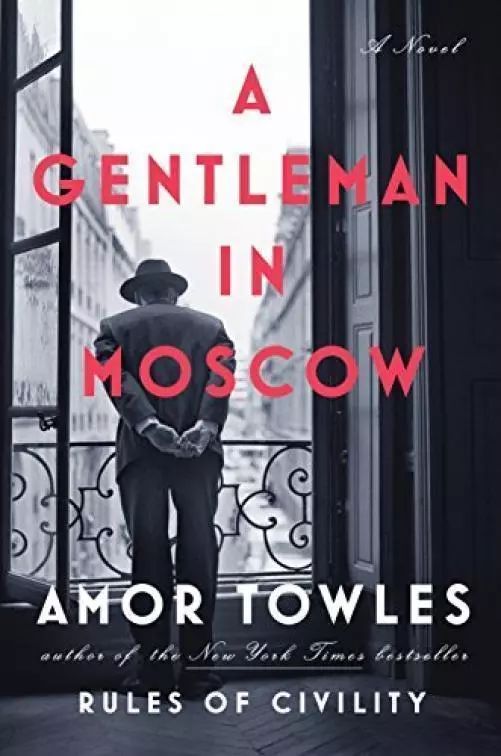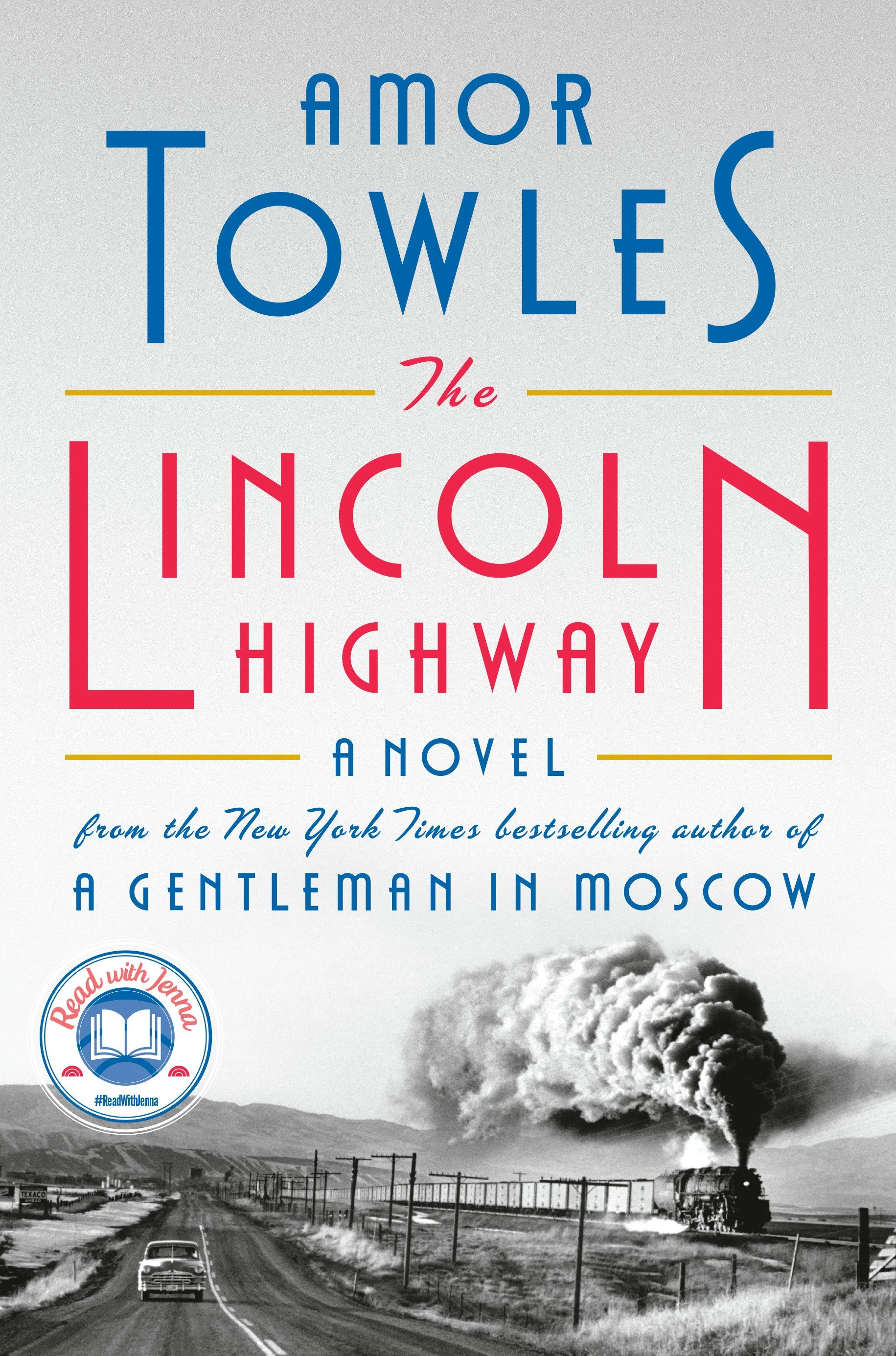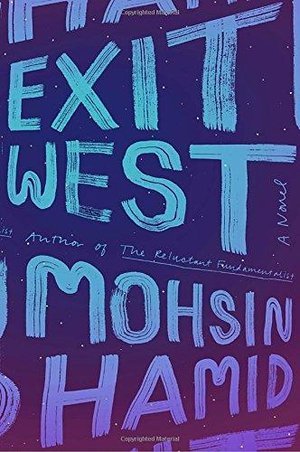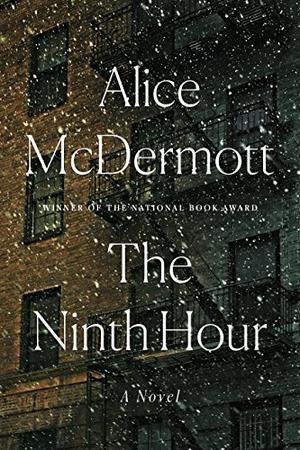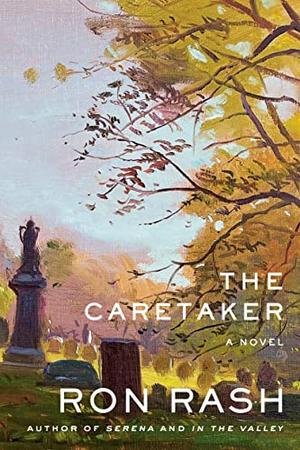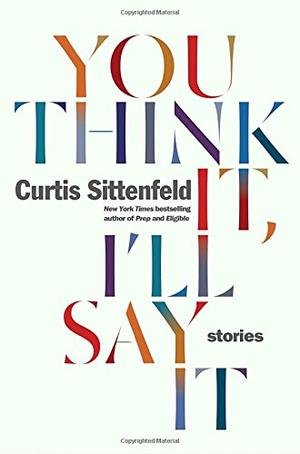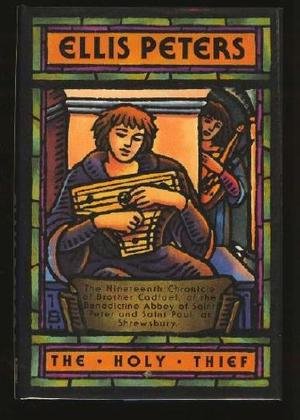In 2011, Amor Towles debuted as a novelist with Rules of Civility, set in 1930s Manhattan, where a love triangle plays out against a backdrop of jazz clubs and boarding houses, with considerable alcohol. Towles’s impeccable character development is already on display here, and his examination of the power of wealthy New Yorkers is even more meaningful today. Take note of the character Evelyn (Eve) Ross, whose life story will be continued in subsequent fiction by Towles, reviewed below.
***
In 2016, Towles had phenomenal success with his next historical novel, A Gentleman in Moscow, which in 2024 was made into a television mini-series, now on streaming services. Here’s an abridged recap of my 2017 review of this blockbuster work of fiction:
Amor Towles’s fictional foray into Moscow’s elegant Metropol Hotel in the years from 1922 to 1954, A Gentleman in Moscow, is captivating on many levels. Towles posits that high-level Communist Party officials still wined and dined themselves and foreign dignitaries, right through the Depression of the 1930s, and that ordinary Soviet citizens found small bits of happiness despite privations and surveillance. Some people displayed great courage in adversity. Towles’s portrait of the fictional Count Alexander Rostov gives us a glimpse into what might have happened to one of the ousted aristocrats in the aftermath of the Russian Revolution of 1917.
The story: In 1922, the erudite and cultured young Count Rostov is sentenced to permanent house arrest in the Metropol Hotel, just off Red Square in Moscow. This is not exile to Siberia, but if Rostov walks out the door of the hotel, he will be shot. The Count, relegated to a tiny attic room, approaches his predicament with the utmost composure. Since his own family members are all dead, he gradually fashions himself a family from the employees and guests of the Metropol. While chaos and war unfold outside the Metropol, all is grace and style inside. Count Rostov is, to me, a Russian version of Lord Peter Wimsey, from the 1930s British mystery novels of Dorothy L. Sayers. Yes, he can be snobbish at times, but he’s generous, principled, and unwaveringly loyal to his friends.
As the years of Rostov’s life tick by, Towles tosses off details about the Metropol in one witty scene after another. Pay close attention to the most minuscule of these details, which Towles is constructing carefully as he builds toward the denouement of his novel. You can easily get pulled into enjoyment of individual episodes, as friends arrive to visit Rostov, a famous actress becomes his lover, and a young girl takes him behind the scenes to secret places in the enormous hotel. Rostov comes to know every cranny of the hotel intimately, and this knowledge will serve him well as the plot whirls to a conclusion in the final hundred pages of this 462-page book.
“Sophisticated” does not begin to do justice to Towles’s writing style. Here he is describing a clock: “Suddenly, that long-strided watchman of the minutes caught up with his bowlegged brother at the top of the dial. As the two embraced, the spring’s within the clock’s casing loosened, the wheels spun, and the miniature hammer fell, setting off the first of those dulcet tones that signaled the arrival of noon.” (32)
I guessed some but not all of the elements of the caper that caps the plot of A Gentleman in Moscow. The surprises were highly enjoyable.
***
Fans of A Gentleman in Moscow will find much of the same verve and strong character development in Towles’s 2021 offering, The Lincoln Highway. Two teenage brothers set out on the roads and rails of the United States in 1954, searching for the mother who abandoned them, and they have many adventures on their forced detours. I found this novel less satisfying than A Gentleman in Moscow, primarily because of the meandering plot segments (admittedly common in such picaresque tales) and the somewhat weak ending. But The Lincoln Highway is still entertaining.
***
The most recent publication by Towles is Table for Two, in which he has gathered six of his short stories, plus a 200-page novella. The short stories are delightful vignettes, playing on happenstance and on human greed, set variously in contemporary New York City and in the waning days of czarist Russia. The novella included in this volume, Eve in Hollywood, is a smoky noir that stars Evelyn Ross, one of Towles’s spunky, brilliant characters. Evelyn/Eve was a third of the love triangle in Towles’s Rules of Civility, reviewed above, and the novella picks up her life where that novel left off. Her complex story builds to a shocking conclusion, at which readers may exclaim, “So that’s how it all fits together!” Towles writes classy, clever lines and holds total mastery over his plot.



